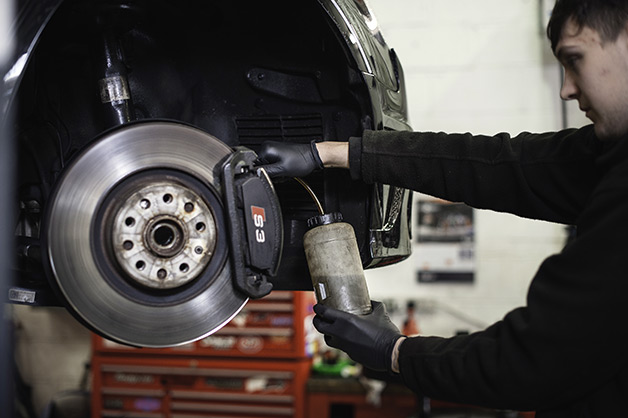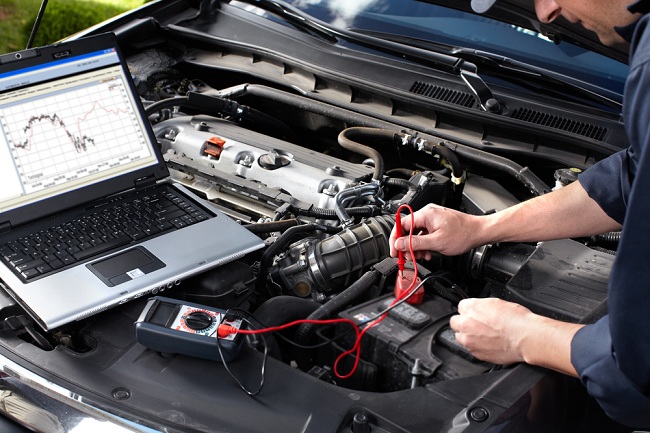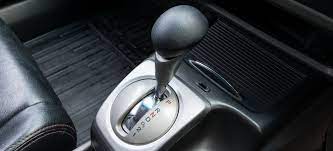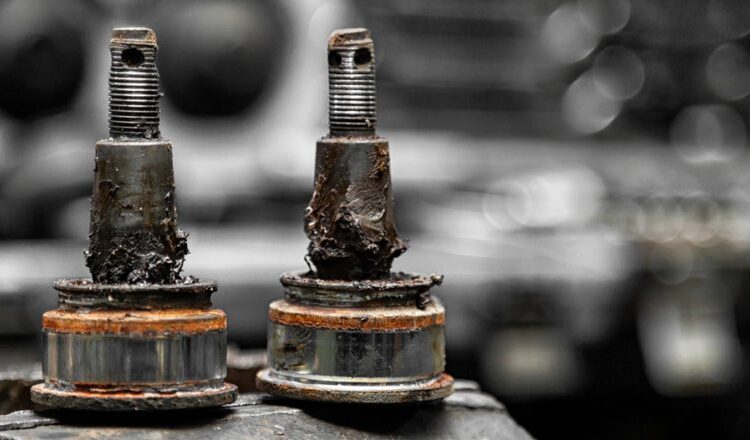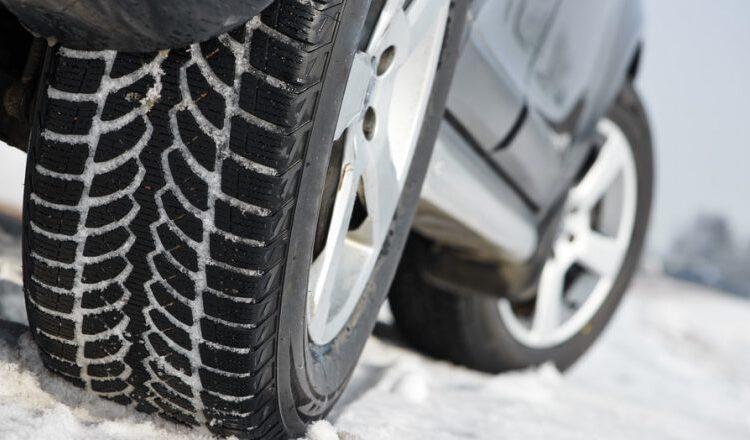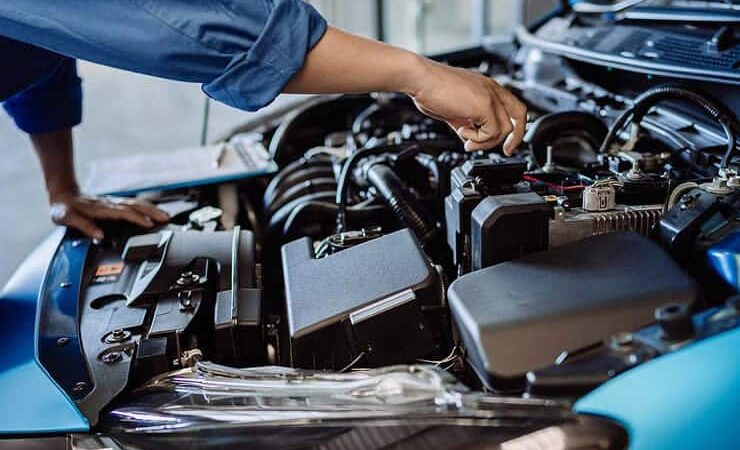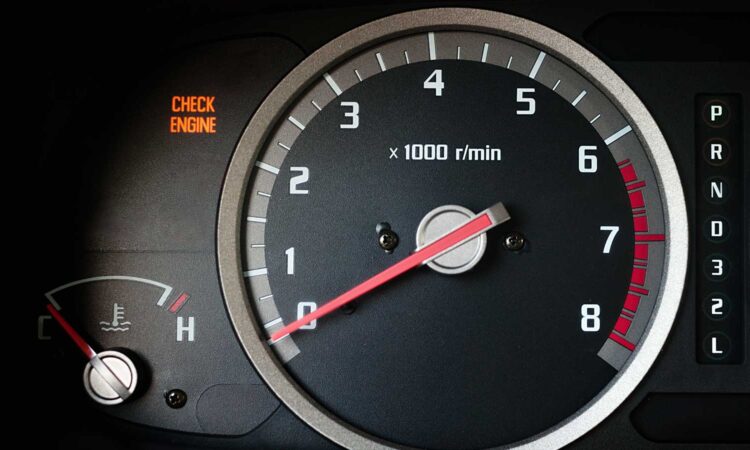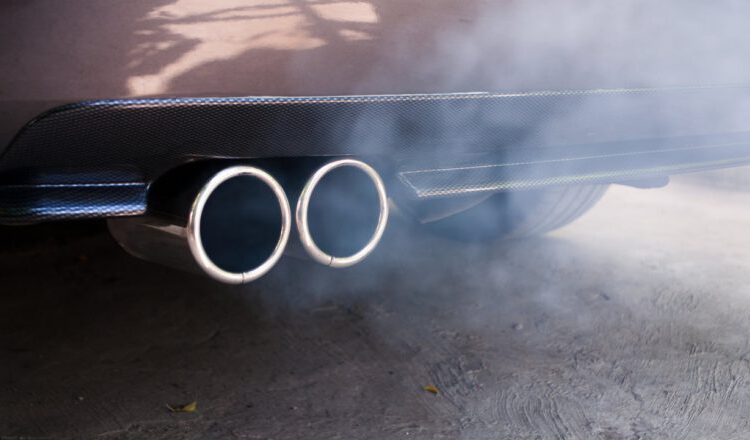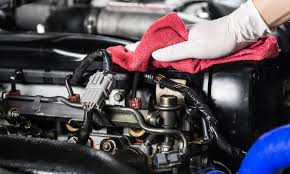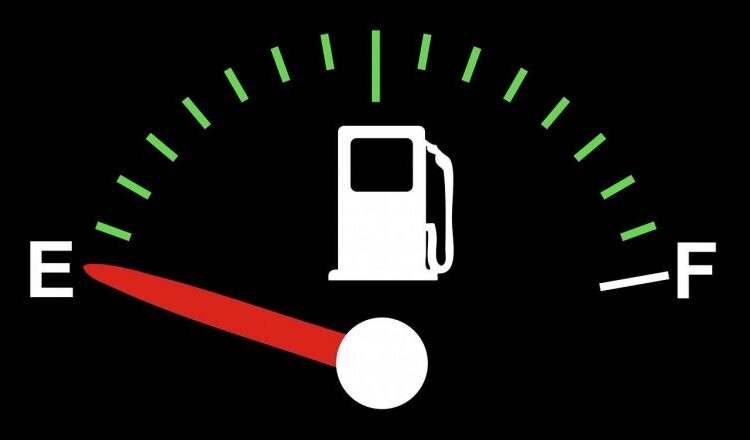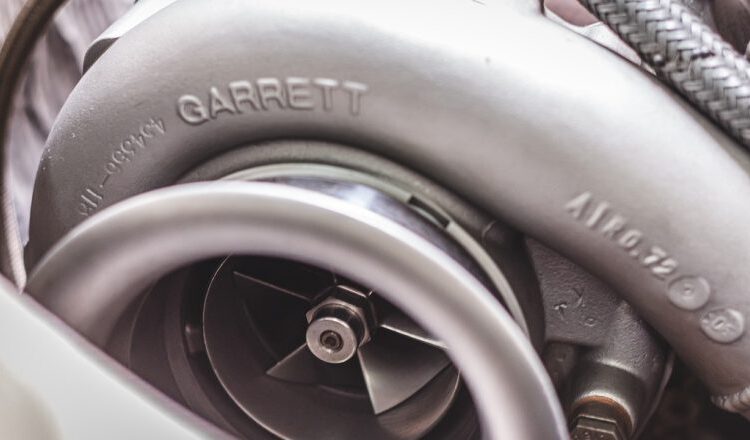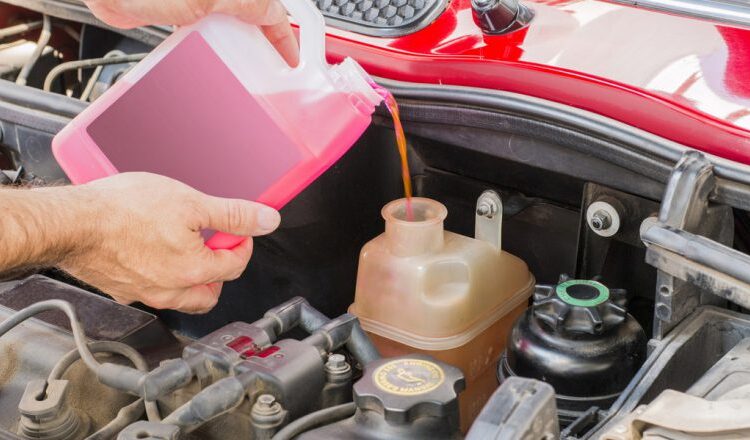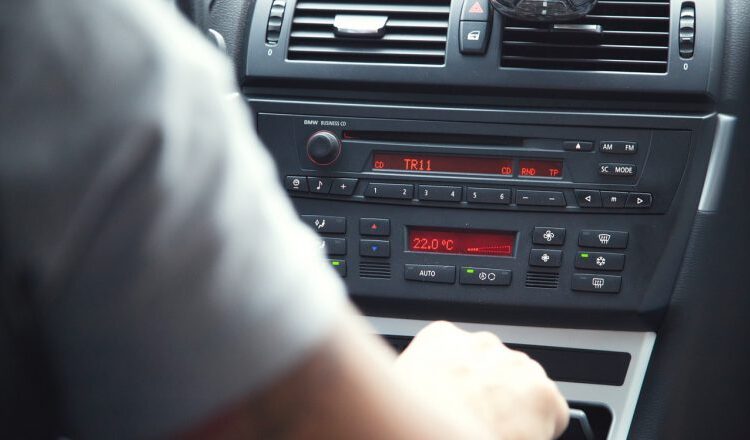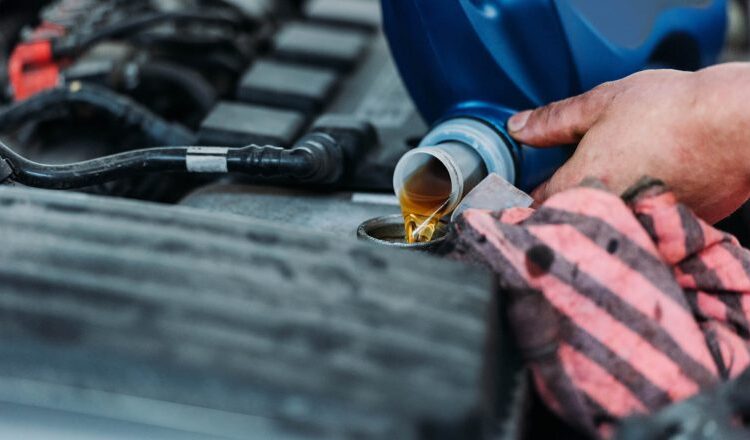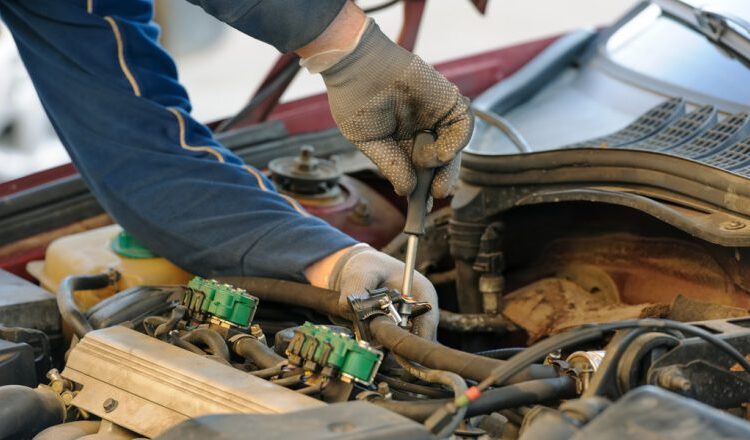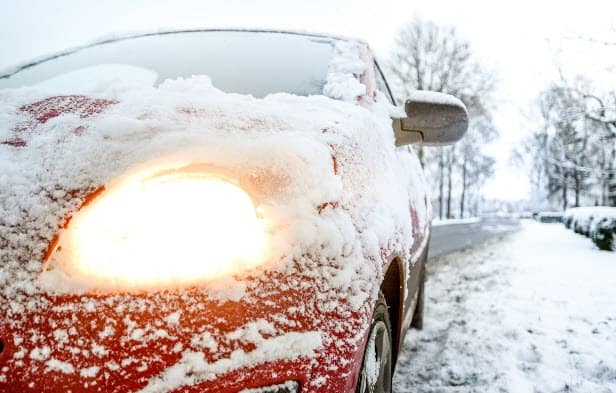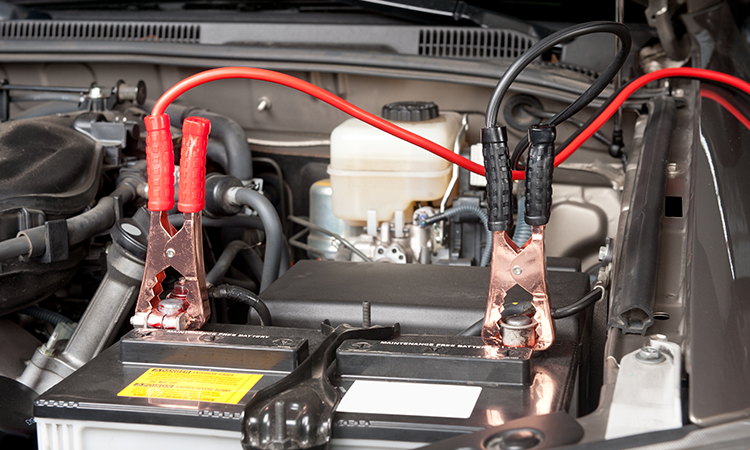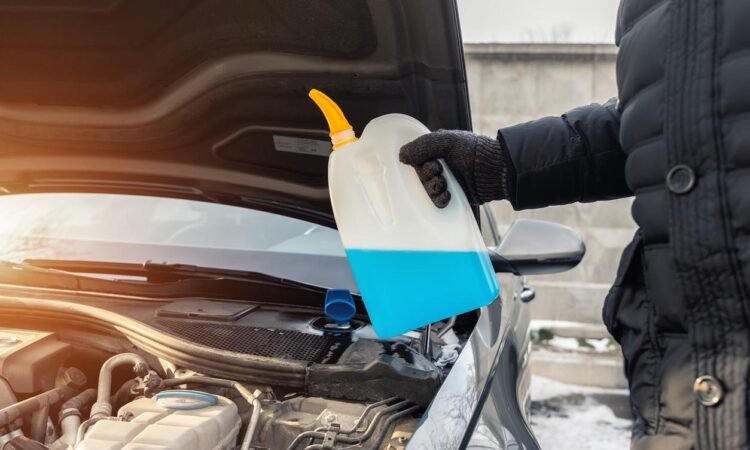
Winter’s arrival, often a surprise for both drivers and road workers, brings a unique set of challenges. One such challenge that can catch drivers off guard is the freezing of windshield washer fluid. While it might seem like a minor inconvenience, the consequences of neglecting this aspect can be more serious than one might think.
Summer Fluid Freezing Consequences: Understanding the Risks
As winter tightens its grip, the consequences of using summer windshield washer fluid become more apparent. This seasonal fluid, designed for milder temperatures, lacks the necessary components to endure freezing conditions. The ensuing effects can have significant implications for drivers, ranging from compromised visibility to potential safety hazards.
Ineffectiveness at Freezing Temperatures:
- Summer windshield washer fluid is composed of a water and detergent mixture, formulated to effectively remove dirt, bugs, and grime during warmer months. However, as temperatures plummet, the water component in this fluid succumbs to freezing, transforming into an icy slush.
Impaired Visibility:
- The transformation of summer fluid into a frozen state hinders its ability to perform its primary function — cleaning the windshield. The resulting icy slush is incapable of properly spreading across the glass surface, leaving streaks and residue. This compromised cleaning capacity significantly impairs visibility, especially when encountering precipitation, road salt, or other winter debris.
Safety Concerns in Adverse Weather Conditions:
- Impaired visibility due to frozen washer fluid poses a substantial safety risk, particularly during adverse winter weather conditions such as snowstorms, freezing rain, or sleet. Clear vision is paramount for navigating icy roads and responding to sudden changes in traffic, making the use of ineffective fluid a hazardous proposition.
Potential for Windshield Damage:
- In addition to visibility issues, the use of frozen summer washer fluid can have mechanical consequences. Attempting to activate the windshield washer system with frozen fluid may strain the washer pump and other components. This strain can lead to premature wear, reduced efficiency, and potentially costly repairs.
Compromised Road Safety:
- Operating a vehicle with compromised visibility and a malfunctioning washer system due to frozen fluid jeopardizes road safety for both the driver and other road users. The inability to clear the windshield promptly increases the risk of accidents and diminishes the driver’s ability to react swiftly to changing road conditions.
Importance of Timely Transition:
- Recognizing the limitations of summer windshield washer fluid in freezing temperatures underscores the importance of a timely transition to winter-specific fluid. Proactive measures, such as switching fluids before the onset of freezing weather, can prevent these consequences and contribute to a safer driving experience during winter.
Understanding the consequences of using summer windshield washer fluid in freezing temperatures emphasizes the need for drivers to adapt to seasonal changes. By proactively switching to winter fluid, drivers can ensure clear visibility and maintain road safety, mitigating the risks associated with compromised windshield cleaning systems during winter conditions.
Effects of Using Frozen Washer Fluid: Navigating the Risks
When drivers attempt to use frozen windshield washer fluid, they inadvertently expose their vehicle’s crucial components to potential damage. The consequences extend beyond impaired visibility, encompassing the very mechanisms responsible for dispensing and storing the fluid. Understanding these effects sheds light on the importance of timely intervention and the potential hazards associated with neglect.
Damage to Fluid Reservoir:
- The fluid reservoir, typically made of plastic, is susceptible to the expansion of frozen fluid. As water turns into ice, it occupies a larger volume, exerting pressure on the reservoir walls. The resulting stress can lead to cracks or fractures in the plastic, compromising the integrity of the reservoir. Over time, this damage may worsen, potentially resulting in leaks.
Strain on Washer Pump:
- The washer pump is a vital component responsible for circulating washer fluid onto the windshield. Attempting to pump frozen fluid places undue stress on the pump’s motor and associated parts. The strain can lead to premature wear and tear, reducing the pump’s efficiency and lifespan. Continued use under these conditions may ultimately necessitate costly repairs or pump replacement.
Nozzle Damage:
- The nozzles through which the washer fluid is sprayed onto the windshield are intricate components that can also be adversely affected. The force required to push frozen fluid through the nozzles may cause them to clog or become damaged. Over time, this can result in uneven or erratic fluid distribution, further compromising visibility.
Cracking of Plastic Components:
- The expanding ice, exerting pressure on various plastic components in the washer fluid system, increases the risk of cracks. This includes not only the reservoir but also pipes, connectors, and other parts of the fluid dispensing system. Cracked components can lead to fluid leakage, diminishing the efficiency of the entire system.
Leaks and Costly Repairs:
- Overlooking the damage caused by attempting to use frozen washer fluid may lead to persistent leaks. Fluid leaks not only waste resources but also contribute to environmental pollution. Moreover, the cost of repairing or replacing damaged components can be significant, making timely intervention essential to prevent unnecessary expenses.
Compromised Visibility and Increased Risk:
- The cumulative effect of damaged reservoirs, pumps, and nozzles directly translates to compromised visibility. Reduced or erratic fluid distribution on the windshield poses a significant safety risk, particularly on icy roads where clear visibility is paramount. Ignoring these issues increases the likelihood of accidents and hampers the driver’s ability to respond effectively to changing road conditions.
Understanding the potential damage caused by using frozen washer fluid underscores the importance of proactive maintenance and seasonal preparation. Timely intervention, such as switching to winter-specific fluid, not only safeguards critical vehicle components but also ensures optimal performance during the challenging conditions of the winter season.
Transitioning to Winter Windshield Washer Fluid: Ensuring Cold-Weather Resilience
As the temperature drops and winter tightens its grip, drivers must be proactive in preparing their vehicles for the challenging conditions ahead. One critical aspect of this preparation involves transitioning from summer to winter windshield washer fluid. This strategic shift is not merely a seasonal formality; it is a crucial step in ensuring that the fluid remains effective even in the coldest temperatures. Here’s a closer look at the importance of this transition and the key features of winter windshield washer fluid:
Anticipating Freezing Temperatures:
- The transition to winter windshield washer fluid is prompted by the anticipation of freezing temperatures. Unlike its summer counterpart, winter fluid is specifically formulated to resist freezing, addressing the inherent challenges posed by icy conditions.
Composition of Winter Windshield Washer Fluid:
- Winter fluid contains antifreeze agents, typically ethylene glycol or methanol, which prevent the liquid from solidifying in cold weather. These agents lower the freezing point of the fluid, allowing it to remain in a liquid state even when exposed to sub-zero temperatures.
Preventing Frozen Fluid:
- The antifreeze properties of winter windshield washer fluid act as a safeguard against the formation of ice within the fluid reservoir, pump, and nozzles. This prevents the damaging effects associated with using frozen fluid, such as cracks in plastic components and strained pump mechanisms.
Continuous Fluid Circulation:
- The ability of winter fluid to remain in a liquid state ensures a smoother and more effective circulation within the windshield washer system. This is crucial for optimal fluid distribution onto the windshield, enhancing visibility during wintry conditions.
Choosing the Right Winter Fluid:
- When selecting winter windshield washer fluid, it’s essential to consider the prevailing climate in your region. Different formulations are available with varying degrees of cold-weather resilience. Choosing a product with a low freezing point suitable for the coldest temperatures expected in your area ensures maximum effectiveness.
Timely Transition for Peak Performance:
- The timing of the transition is critical. It’s advisable to make the switch before the onset of freezing temperatures, ensuring that your vehicle is equipped with the appropriate fluid well in advance of winter weather. This proactive approach minimizes the risk of encountering frozen fluid-related issues during unexpected cold snaps.
DIY or Professional Assistance:
- Transitioning to winter windshield washer fluid can be a simple DIY task. Most fluids are readily available, and the process typically involves draining the existing fluid and refilling the reservoir with the winter formulation. However, if you’re unsure or prefer professional assistance, many service centers can perform this task during routine maintenance or winterization services.
Comprehensive Winter Vehicle Preparedness:
- Beyond windshield washer fluid, comprehensive winter preparedness involves checking and topping up other essential fluids, inspecting tire condition and pressure, ensuring functional heating systems, and verifying the condition of the battery, among other measures.
Transitioning to winter windshield washer fluid is a proactive step in preparing your vehicle for the challenges of winter driving. The antifreeze properties of this specialized fluid not only prevent damage to critical components but also contribute to enhanced safety and visibility during icy conditions. By making this seasonal adjustment in a timely manner, drivers can navigate winter roads with confidence and reliability.
Steps to Deal with Frozen Washer Fluid: Swift Solutions for Winter Woes
Discovering that your windshield washer fluid has succumbed to the winter chill can be an inconvenient surprise. However, dealing with frozen washer fluid requires a thoughtful approach to avoid further complications and ensure the safe and efficient operation of your vehicle during cold weather. Here are strategic steps to navigate this issue effectively:
Avoid Using Frozen Fluid:
- Resist the temptation to activate the windshield washer system if you suspect the fluid is frozen. Attempting to use frozen washer fluid can exert unnecessary strain on the system, potentially leading to damage to critical components like the pump, reservoir, and nozzles.
Seek a Heated Environment:
- Move your vehicle to a heated space, such as a garage, to allow the ambient temperature to rise. If a heated garage is not available, consider using a portable heater to warm the engine bay. This gradual increase in temperature promotes the thawing of the frozen washer fluid.
Exercise Caution with Hot Water:
- Despite the immediate inclination to pour hot water on the windshield or into the washer fluid reservoir, exercise caution. Rapid temperature changes, especially when introduced by hot water on a cold surface, can result in thermal stress and potentially cause cracks in the windshield or other components. Therefore, it is advisable to refrain from this practice.
Thawing the Washer Fluid Gradually:
- Allow the vehicle to sit in the heated environment for a sufficient period to facilitate the gradual thawing of the washer fluid. Patience is key during this process, as attempting to rush the thawing may lead to unintended consequences.
Assess Fluid Thawing Progress:
- Periodically check the status of the washer fluid by attempting to dispense a small amount. If the fluid shows signs of becoming liquid and flowing freely, it indicates that the thawing process is underway. Continue to monitor until the fluid is fully thawed.
Drain and Replace with Winter Fluid:
- Once the washer fluid is sufficiently thawed, it is recommended to drain the existing fluid from the reservoir. Dispose of the thawed but potentially compromised fluid appropriately. Refill the reservoir with winter-specific windshield washer fluid designed to withstand freezing temperatures.
Choose the Right Winter Fluid:
- When selecting winter windshield washer fluid, consider the specific cold-weather requirements of your region. Choose a product with a low freezing point that matches or exceeds the lowest temperatures expected. This ensures optimal performance even in the harshest winter conditions.
Perform a System Check:
- After replacing the frozen fluid, test the windshield washer system to ensure proper functionality. Confirm that the fluid is being distributed evenly and that there are no unusual noises or signs of strain from the washer pump.
Regular Monitoring and Winterization:
- Going forward, incorporate regular monitoring of washer fluid levels and composition into your winterization routine. Ensure that your vehicle is equipped with the appropriate fluid to navigate the challenges of cold weather effectively.
By following these steps, drivers can address the issue of frozen washer fluid systematically and minimize the risk of damage to essential components. Proactive measures, including the use of winter-specific fluid, contribute to safer and more reliable driving experiences during the winter.
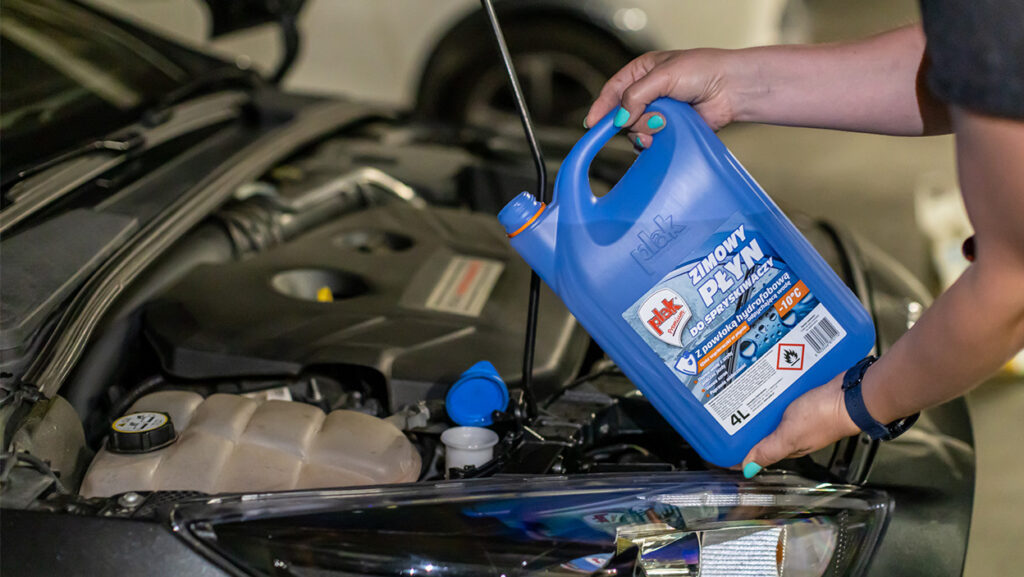
Preventive Measures for Future Winters: A Strategic Approach to Cold-Weather Readiness
Preparing your vehicle for winter extends beyond reacting to immediate challenges; it involves adopting a proactive stance to prevent issues before they arise. Specifically, addressing the condition of your windshield washer fluid is a key aspect of this preparedness. Consider the following preventive measures to fortify your vehicle against frozen washer fluid in future winters:
Monitor Weather Forecasts:
- Stay ahead of winter weather conditions by regularly monitoring weather forecasts, especially as the temperature drops. By being aware of impending cold snaps, you can plan your vehicle maintenance and transition to winter-specific windshield washer fluid well in advance.
Early Transition to Winter Fluid:
- Timing is crucial when transitioning to winter windshield washer fluid. Make the switch before freezing temperatures set in. This proactive step ensures that your vehicle is equipped with the appropriate fluid to withstand the challenges of icy conditions.
Regular Fluid Checks:
- Incorporate regular checks of your windshield washer fluid into your routine vehicle maintenance. This practice allows you to assess fluid levels, cleanliness, and the overall condition of the fluid. If the fluid shows signs of contamination or deterioration, consider replacing it promptly.
Keep Spare Containers:
- Prepare for unexpected temperature drops by keeping spare containers of winter windshield washer fluid in your vehicle. This proactive measure ensures that you have a readily available solution during emergencies, such as sudden cold snaps or when traveling to regions with colder climates.
Verify Fluid Composition:
- Understand the composition of the winter fluid you choose. Different formulations cater to varying temperature ranges. Verify that the fluid you select aligns with the lowest temperatures anticipated in your region, providing maximum effectiveness in preventing freezing.
Equip Your Vehicle Winter Kit:
- Extend your winter preparedness beyond windshield washer fluid by assembling a comprehensive winter emergency kit for your vehicle. This kit may include items such as an ice scraper, snow shovel, blankets, and extra winter clothing. Having a well-stocked kit enhances your overall readiness for winter driving.
Address Vehicle Storage Considerations:
- If your vehicle is parked outdoors during winter, consider additional measures to protect it from the cold. Utilize windshield covers or park your vehicle in a sheltered area to minimize exposure to extreme temperatures, reducing the likelihood of washer fluid freezing.
Professional Winterization Services:
- Consider engaging professional winterization services for your vehicle. Auto service centers can perform comprehensive checks, including assessing the condition of fluids and ensuring that your vehicle is winter-ready.
Collaborate with Seasonal Maintenance:
- Integrate windshield washer fluid checks into other seasonal maintenance activities. For instance, when switching to winter tires, take the opportunity to verify and replenish washer fluid levels.
Stay Informed About Vehicle Specifications:
- Familiarize yourself with your vehicle’s specifications regarding recommended fluids. Consult the owner’s manual to ensure that you are using fluids that align with the manufacturer’s guidelines for optimal performance and protection.
By adopting these preventive measures, you enhance your vehicle’s resilience against frozen washer fluid and promote overall safety and reliability during winter driving. Proactivity is the key to a trouble-free winter experience, and investing time and effort in these measures pays dividends in the form of smoother, safer travels in cold weather conditions.
Regular Maintenance: Nurturing Your Vehicle for Winter’s Challenges
As winter approaches, adopting a proactive approach to vehicle care becomes paramount for ensuring safety, reliability, and optimal performance in cold weather conditions. Regular maintenance is the linchpin of this approach, encompassing a comprehensive set of actions that collectively fortify your vehicle against the challenges posed by winter. Here’s an in-depth exploration of the importance of regular maintenance in your winter preparedness routine:
Fluid Checks and Topping Up:
- Begin your winter maintenance routine by checking and topping up essential fluids. This includes engine oil, coolant, brake fluid, and, significantly, windshield washer fluid. Ensuring that all fluids are at the recommended levels enhances the operational efficiency of your vehicle in colder temperatures.
Winter-Specific Windshield Washer Fluid:
- As part of your fluid maintenance, make the critical transition from summer to winter windshield washer fluid. This specialized fluid is formulated with antifreeze agents, preventing freezing and ensuring consistent performance in icy conditions. Verify that the fluid is suitable for the coldest temperatures expected in your region.
Tire Inspection and Pressure:
- Pay special attention to your tires, as they are your vehicle’s primary contact with the road. Inspect the tire tread for wear and tear, ensuring that it meets safety standards. Check tire pressure regularly, as cold temperatures can cause pressure fluctuations. Maintaining proper tire pressure is crucial for traction and overall road grip.
Battery Health Check:
- Assess the health of your vehicle’s battery, as cold weather can significantly impact its performance. Clean the battery terminals, ensuring a secure connection. If the battery is old or shows signs of weakness, consider having it tested or replaced before winter sets in to prevent unexpected breakdowns.
Brake System Inspection:
- Inspect the brake system components, including pads, rotors, and brake fluid. Efficient brakes are imperative for navigating icy roads safely. Address any issues promptly to ensure optimal braking performance in winter conditions.
Heating System and Defrosters:
- Verify the functionality of your vehicle’s heating system and defrosters. A properly functioning heating system not only keeps you comfortable but also prevents fogging on the interior of your windshield. Replace cabin air filters if necessary to maintain clean and efficient airflow.
Exterior Lighting:
- Ensure that all exterior lights, including headlights, brake lights, turn signals, and hazard lights, are in working order. Winter often brings reduced daylight, and functional lights contribute significantly to visibility on dimly lit roads.
Wiper Blades and Washer System:
- Inspect the condition of your wiper blades and ensure that they effectively clear the windshield. Replace worn-out blades to maintain optimal visibility. Check the washer system to confirm that it dispenses fluid evenly, and replace any damaged or malfunctioning components.
Comprehensive Inspection:
- Conduct a comprehensive visual inspection of your vehicle’s overall condition. Look for signs of wear, damage, or leaks. Address any issues promptly, as identifying and resolving potential problems in advance can prevent more significant and costly issues down the road.
Emergency Kit Readiness:
- Verify the readiness of your vehicle’s emergency kit. Ensure that it includes essential items such as a first aid kit, flashlight, blankets, and necessary tools. Confirm that items are in good condition and replace any expired or damaged items.
Professional Inspection Services:
- Consider scheduling a professional inspection service as part of your winter maintenance routine. Auto service centers can perform thorough checks, identify potential issues, and provide recommendations for preventative measures or repairs.
Document Maintenance Records:
- Maintain a record of your winter maintenance activities, including fluid changes, inspections, and any repairs performed. This documentation serves as a valuable reference and aids in scheduling future maintenance tasks.
FAQ About
Q1: Why is it crucial to transition from summer to winter windshield washer fluid before freezing temperatures set in?
A1: Transitioning to winter fluid is essential because summer fluid lacks antifreeze agents, causing it to freeze in cold temperatures. This can lead to impaired visibility, compromised safety, and potential damage to vehicle components.
Q2: What happens if I attempt to use frozen washer fluid, and how can I deal with this issue?
A2: Using frozen washer fluid can damage the fluid reservoir, pump, and nozzles. To address this, avoid using frozen fluid, park in a heated space, refrain from pouring hot water, and replace the frozen fluid with winter-specific windshield washer fluid.
Q3: How can I prevent frozen washer fluid in future winters?
A3: Stay proactive by monitoring weather forecasts and transitioning to winter fluid before freezing temperatures arrive. Consider keeping spare containers of winter fluid in your vehicle for emergencies during unexpected temperature drops.
Q4: Why is regular maintenance crucial for winter preparedness, and what does it involve?
A4: Regular maintenance is essential to ensure vehicle safety and performance in winter. It includes checking and topping up fluids, inspecting tires, assessing the battery, examining the brake system, verifying the heating system, and more.
Q5: What steps should I follow if I find myself with frozen washer fluid, and how can I prevent future occurrences?
A5: If faced with frozen washer fluid, avoid using it, warm the vehicle in a heated space, refrain from using hot water, and replace with winter fluid. Prevent future occurrences by monitoring weather forecasts, timely fluid transitions, and keeping spare winter fluid.
Q6: Can I use summer windshield washer fluid in winter?
A6: It is not advisable to use summer fluid in winter due to its tendency to freeze. Winter fluid contains antifreeze agents, making it suitable for cold temperatures and preventing potential damage to your vehicle.
Q7: Why is it important to check tire pressure during winter maintenance?
A7: Cold temperatures can cause fluctuations in tire pressure. Maintaining proper tire pressure is crucial for traction, road grip, and overall safety during winter driving.
Q8: How can I thaw frozen washer fluid, and what precautions should I take?
A8: Thaw frozen fluid by parking in a heated space or using a portable heater. Avoid pouring hot water, as it may cause cracks. Once thawed, replace with winter-specific fluid to prevent future freezing.
Q9: Can I perform winter maintenance on my own, or should I seek professional assistance?
A9: While many winter maintenance tasks can be done independently, seeking professional assistance for comprehensive inspections and services is advisable to ensure thorough preparation for winter driving conditions.
Q10: What should be included in a winter emergency kit for my vehicle?
A10: A winter emergency kit should include items like an ice scraper, snow shovel, blankets, first aid kit, flashlight, and essential tools. Ensure all items are in good condition, and replace any expired or damaged supplies.
Q11: How can I assess the health of my vehicle’s battery during winter maintenance?
A11: To assess your vehicle’s battery health, check for signs of wear, clean the terminals, and consider having it tested if it’s old or shows signs of weakness. A properly functioning battery is crucial for reliable performance in cold weather.
Q12: Is there a specific type of winter windshield washer fluid I should choose?
A12: When selecting winter windshield washer fluid, choose a product with antifreeze agents suitable for the coldest temperatures in your region. Different formulations cater to varying temperature ranges, ensuring optimal performance in harsh winter conditions.
Q13: Can I park my vehicle outdoors during winter, and what precautions should I take?
A13: If parking outdoors during winter, consider using windshield covers and park in a sheltered area to minimize exposure to extreme temperatures. This helps prevent issues such as frozen washer fluid and ensures a more reliable start in cold weather.
Q14: How frequently should I conduct regular maintenance checks during winter?
A14: Regular maintenance checks, including fluid assessments, tire inspections, and overall vehicle examinations, should be performed routinely throughout the winter season. Consistent checks help address issues promptly and maintain optimal vehicle performance.
Q15: What documentation should I maintain for my winter maintenance activities?
A15: Keep a record of your winter maintenance activities, including fluid changes, inspections, and repairs. This documentation serves as a valuable reference and aids in scheduling future maintenance tasks, contributing to the longevity and performance of your vehicle.
Conclusion:
Regular maintenance is the cornerstone of a robust winter preparedness routine. By systematically addressing various aspects of your vehicle’s condition, you not only enhance its resilience against winter challenges but also contribute to a safer and more reliable driving experience in colder temperatures. Regular maintenance is an investment in the longevity and performance of your vehicle, ensuring that it remains in optimal condition throughout the winter months.

